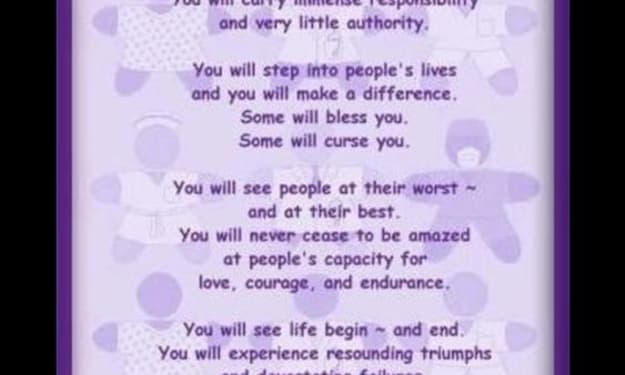
The next lecture is all about the brain itself. In this lecture article will be the parts and functions of the brain's components. You will learn how and why the brain keeps us alive and able to do what we want to do.
The Brain
One way to see the brain is that it is a neural organization that can be programmed with rhythmic behaviors. The brain is a collection of neurons that are axons that go back to where ir all started. The frontal brain is where the vital processes like heartbeat, breathing and balance take place, and without that we are no longer alive. There is the hindbrain which is the oldest part of the brain. Then there is the midbrain that handles such things as coordination of behaviors; use this data gathered from the senses for greater use. The next part is the forebrain which is the highest level and has more complexity of the sensory data.
This whole system contains the spinal cord that allows all the sensations of the body to move up and down to the brain. There is also the brain stem, midbrain and forebrain, as just mentioned. In the forebrain there is the cortex that is made up of the allocortex and neocortex.
Other facets of the brain are the thalamus, the hypothalamus that help the ears, eyes, and mouth to their business that is primarily sensory. The cortex which is high in this sector of the head handles smell or the olfactory functions of the brain. There is also a diencephalon that also assists in various areas.
The Limbic System and Psychology
This includes the cerebellum that allows movement. The brain is bilaterally symmetrical. The medulla or the pons in the midbrain is in charge of emotions. Also, the cortex where the thalamus and hypothalamus are very large yet a thin six layers that are arranged in columns of cells and folded on itself. The lateral folds and the central fissure, I think, is where the Central nervous system starts and the tissues there and other body tissues will have changes in various feedback processes. The control systems such as the nervous system, the endocrine system, and the immune system are all part of the central nervous system of the brain stem, spinal cord and the forebrain along with the hindbrain and the cortex are for the functional understanding.
In my notes there is a diagram of the Limbic system, and now I am going to try and describe said diagram. At the bottom of the diagram I have a somewhat sketch of the spinal column then up from there I have a block saying the forebrain is next and behind that is another block for midbrain and off to the left is the cerebrum and to the right is the cerebellum; a little further up and to the left I have the thalamus and to the right the hypothalamus which covers analysis, hunger and thirst. Then at the top of the diagram I have several blocks lined up that covers the basic needs as mentioned, but also covers emotion, motivation, the endocrine system and the pituitary gland. Also in the limbic system at the very base of the brain and the brain stem there is the amygala that handles basic emotions and fear and rage and the hypocampus and memory. There is also a part called the neo-cortex and a little area known as the cingular gyrus.
You have the skull the outer bone of the brain along with three layers of membrane or the meninges. The brain actually floats in water known as CSF (cerebral spinal fluid) from the middle of the brain down the spine and this is used for some diagnostic purposes.
The next lesson will be a continuation of the Brain elements and their functions.
About the Creator
Mark Graham
I am a person who really likes to read and write and to share what I learned with all my education. My page will mainly be book reviews and critiques of old and new books that I have read and will read. There will also be other bits, too.






Comments
There are no comments for this story
Be the first to respond and start the conversation.